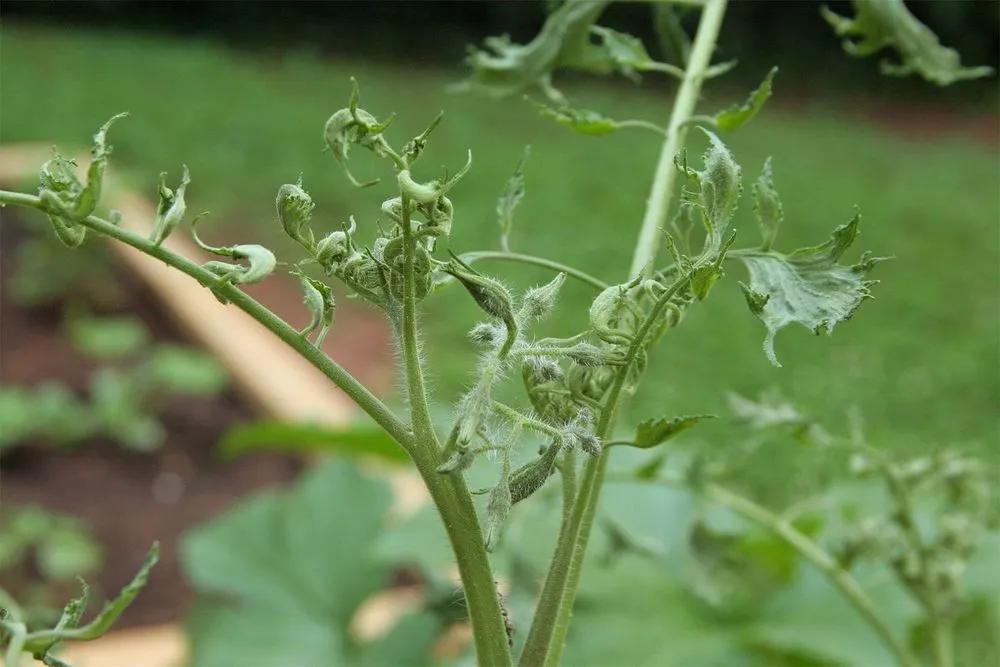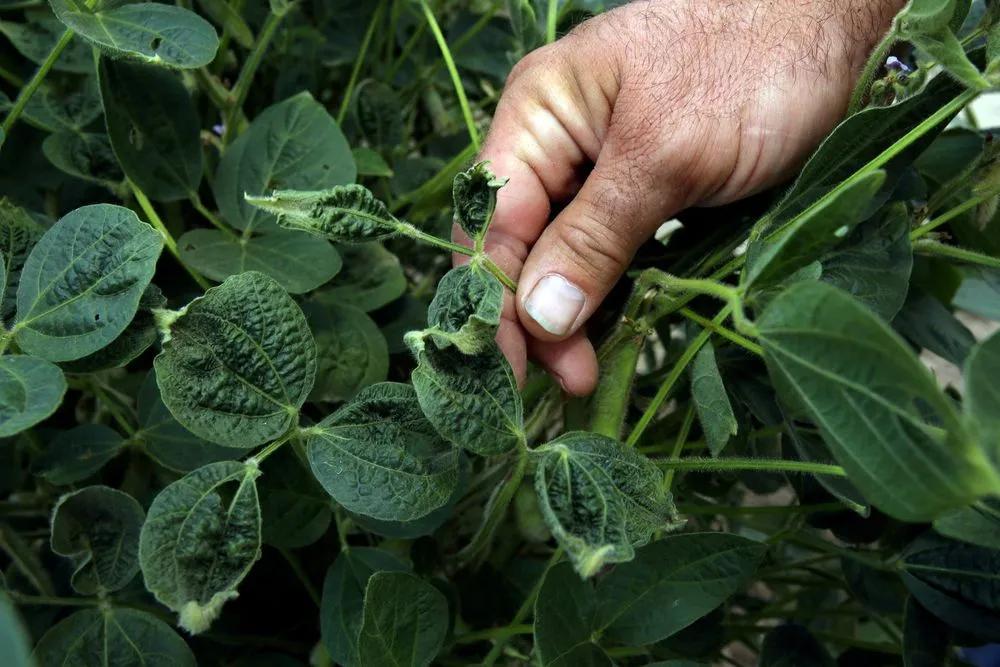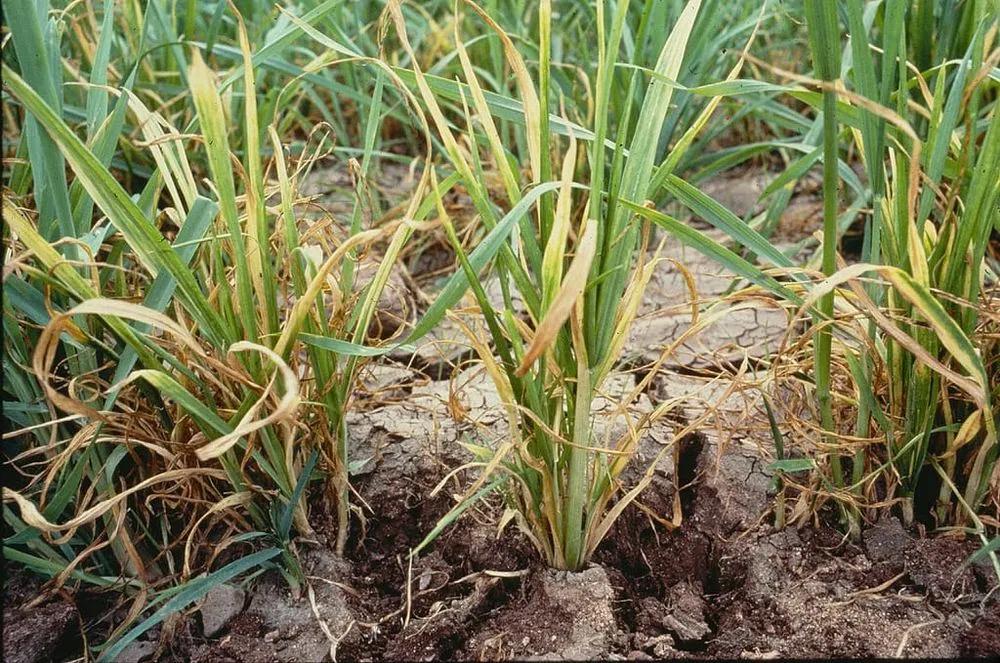Herbicides are pesticides specifically designed for weed control. Pesticide damage is hard to diagnose since it requires a laboratory test for validation, and each herbicide requires a specific test. Despite this, some symptoms can indicate the presence of the herbicide. Still, they tend to be similar to other diseases, so these other options must be ruled out before assuming herbicide damage.
Extreme weather damage, salt damage, inadequate use of fertilizers, and nutrient deficiencies are some of the issues that can show a resemblance to herbicide damage. Another difficulty with assessing this problem is that herbicide symptoms may take just a couple of days to weeks to become noticeable. Climate factors are also known to alter herbicide effects by enhancing or reducing its intensity slightly. Some common types of herbicides are broadleaf, dicamba, and soil sterilant, which will all have different effects on different plants.



